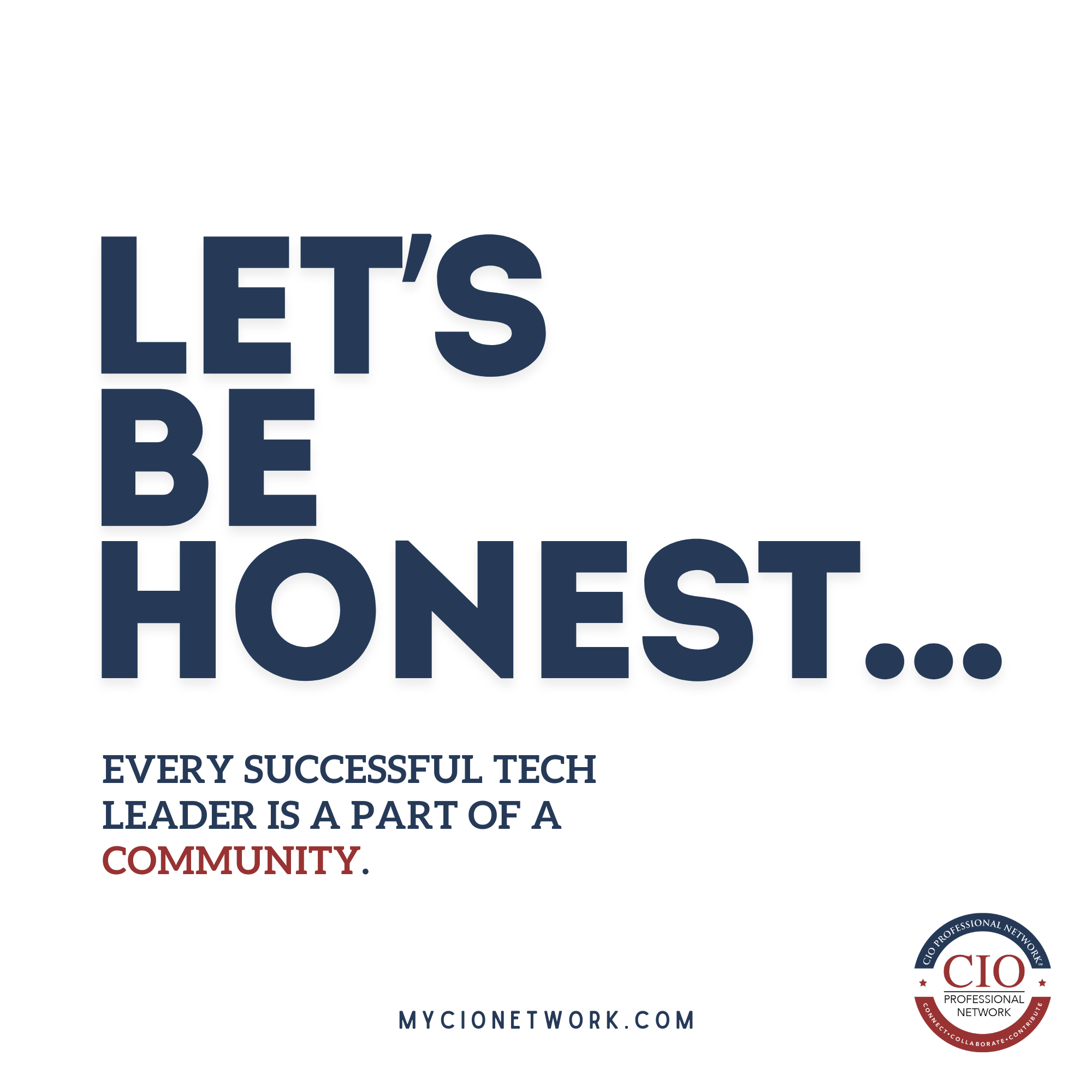According to a recent report from Bloomberg, the world’s largest technology companies are poised to increase their combined AI spending to more than $500 billion by early next decade. Major players like Microsoft, Amazon, and Meta are expected to invest $371 billion in AI infrastructure and development in 2025 alone, a 44% increase from 2024.
This surge reflects the growing importance of AI as both a technological and strategic asset across global markets.
The rise of DeepSeek, a Chinese AI developer that has created a competitive reasoning model at a reportedly fraction of the cost of US rivals, has added to the pressure. DeepSeek’s success highlights the growing capabilities of international players, forcing US tech firms to rethink their strategies. This shift from training AI models to focusing on inference, the process of deploying and running models, reflects a broader industry pivot toward operational efficiency and monetization in response to intensifying global competition.
Why It Matters: Tech giants’ increased AI spending will shape the AI products and services available to enterprises. Enhanced AI capabilities from Microsoft, Amazon, and Google will give CIOs access to more powerful, scalable, and cost-effective AI tools. The shift should lower costs for AI adoption, improve real-time processing, and create new competitive advantages for businesses relying on AI-driven insights and automation.
- AI Spending to Exceed $500 Billion by 2032: According to Bloomberg, the biggest tech firms — including Microsoft, Amazon, and Meta, are projected to spend a combined $371 billion on AI infrastructure and development in 2025, representing a 44% increase from the previous year. By 2032, total AI spending is expected to surpass $500 billion as firms race to maintain AI dominance. This surge in spending reflects not only internal growth targets but also mounting pressure from international competition, particularly from China’s rapidly advancing AI sector.
- Shift from Training to Inference Reflects Strategic Adaptation: Historically, AI investments focused on training large models, which required high-performance chips and massive data center infrastructure. Currently, over 40% of AI budgets are dedicated to training, but this will drop to just 14% by 2032. Inference, the process of running AI models in real-time to generate insights and automate tasks, is expected to make up nearly half of all AI spending. This shift reflects the growing importance of operational efficiency and the need to generate real-world value from AI investments.
- Lower Costs and Greater Efficiency for AI Adoption: The shift from training to inference means AI models will become more affordable and scalable. Enterprise CIOs could see reduced costs for AI services as tech giants optimize inference infrastructure and pass on cost savings to customers. This could make AI-driven solutions like chatbots, automated customer service, and predictive maintenance more accessible to enterprises of all sizes.
- Monetization and Efficiency Drive Strategic Focus: AI development has historically been viewed as a high-cost, long-term investment. However, the shift toward inference reflects a growing focus on immediate commercial value. Companies are now looking to generate revenue from AI systems more quickly by integrating them into consumer products, cloud services, and business solutions. This focus on monetization is expected to drive future AI spending patterns and influence how companies structure their AI development pipelines.
- Strategic Flexibility and Risk Management: As AI models become more sophisticated and widely available, enterprise CIOs will need to balance the benefits of AI adoption with the risks of vendor dependence and data security. If tech giants roll out proprietary AI models that become deeply embedded in business processes, switching providers could become more challenging. CIOs will need to consider multi-cloud strategies and hybrid AI models to avoid vendor lock-in while still leveraging the most advanced AI capabilities.
Go Deeper -> Tech Giants Expected to Ramp Up AI Spending Spree After DeepSeek – Bloomberg







